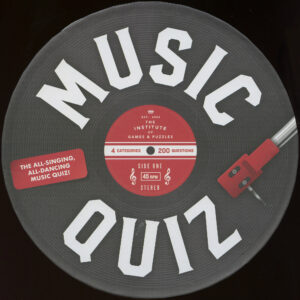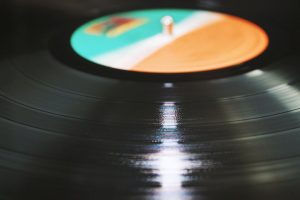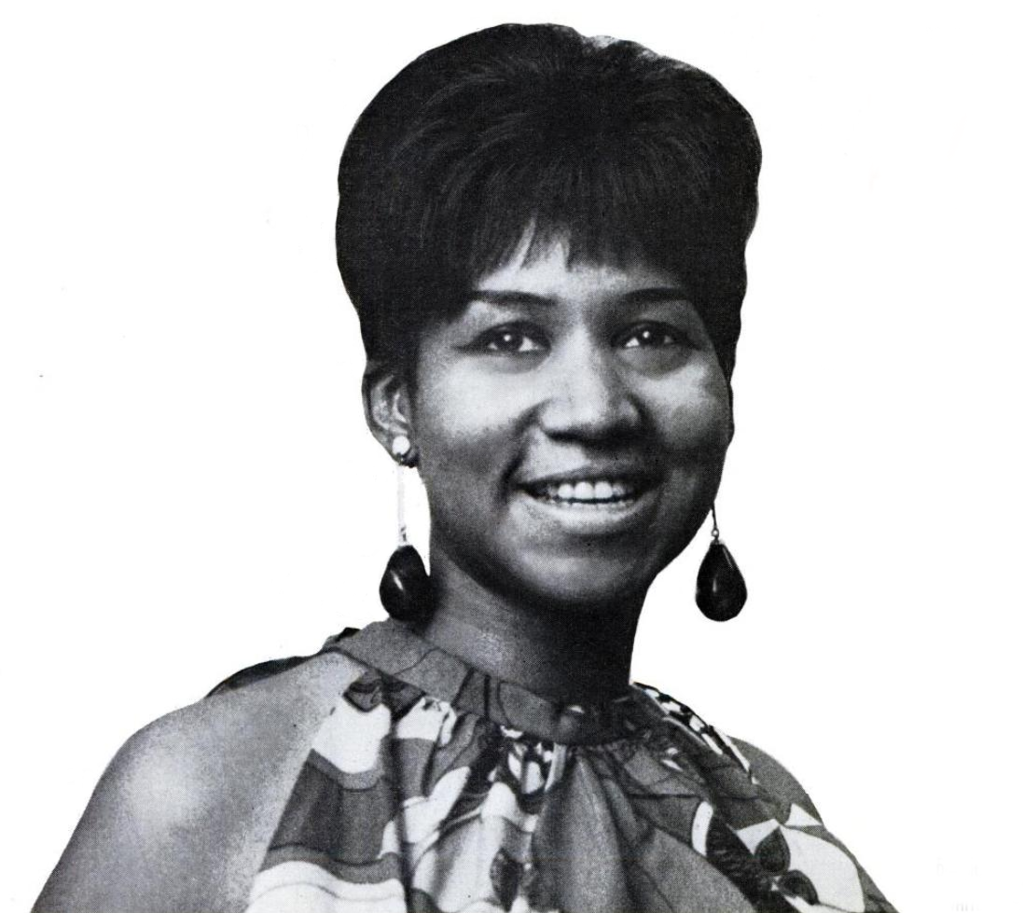Louis Allen Rawls was born in Chicago in 1933. He was friends with Curtis Mayfield and Sam Cooke, who would play a significant role in his life.
Rawls was in and out of singing groups, often with Cooke, after graduating from high school. In 1955, Cooke enlisted and became an Army paratrooper. He was discharged and, in 1958, Rawls was in a car crash while traveling with the sing group The Pilgram Travelers. He spent five and a half days in a coma. It took a year for him to fully recover.
His first album was released in 1962. Check out the profiles to read about his road to stardom.
None other than Frank Sinatra said that Rawls “had the classiest and silkiest chops in the game,” according to both the Wikipedia profile and Rawls’ website. he The three-time Grammy winner sold more than 40 million albums.
Rawl’s website has a loving profile, as it should. The piece notes that Rawls opened for The Beatles at Crosley Field in Cincinnati in 1966 and that he displaced Sinatra as the Downbeat singer of the year in 1971.
The voice went with the face. Rawls was handsome. He sounded handsome, with a smooth and deeply melodic voice. He was a familiar television face as a singer, actor and commercial spokesperson in the 1970s and 80s. Rawls died in early 2006.
Above is “Stormy Monday” (with Stanley Turrentine on the saxophone). Below is “You’ll Never Find Another Love Like Mine,” which was Rawl’s biggest hit.
All Music, Wikipedia and Rawls’ website were used for this post. Home page photo: Southeastern Louisiana University.
http://www.youtube.com/watch?v=nuVUcQaau_s










